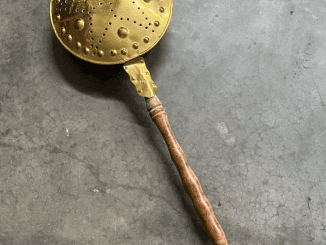Jeans have been a staple in almost every wardrobe for decades. They’re versatile, durable, and can be dressed up or down depending on the occasion. But one of the most frequently asked questions is: how often should you wash your jeans? Proper care can keep your jeans looking fresh and prevent them from fading or wearing out too quickly. In this guide, we’ll explore the best ways to care for your denim, how frequently you should wash them, and some extra tips for preserving your favorite pairs.
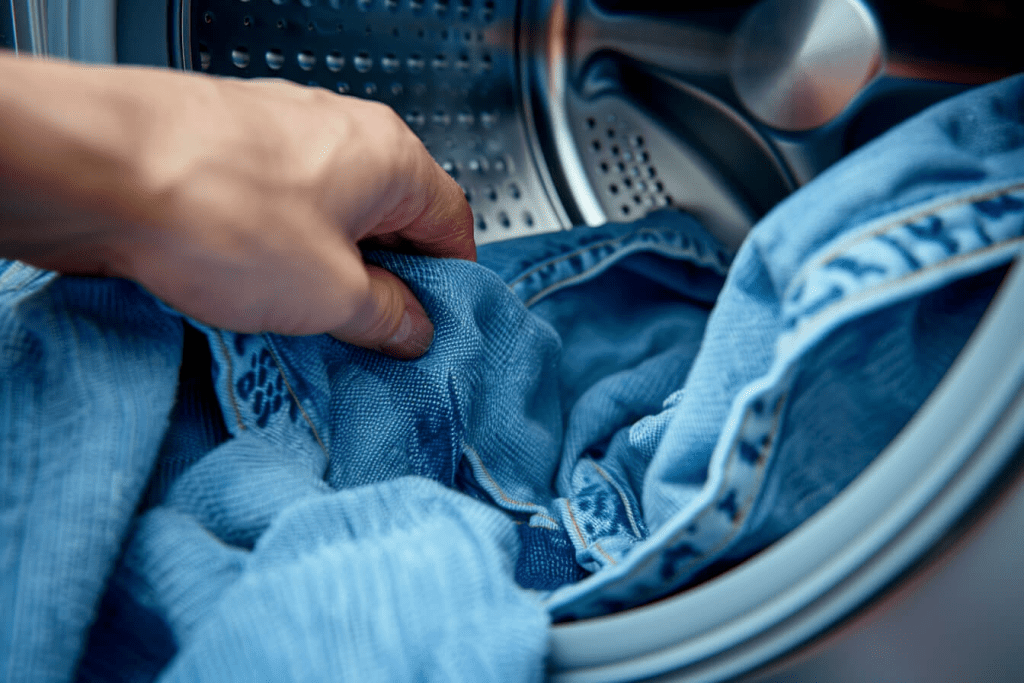
Why Proper Care Matters for Your Jeans
Denim may seem like a tough fabric, but it needs the right care to maintain its look and durability. Improper washing can lead to fading, shrinking, or damaging the fibers. Whether you wear your jeans daily or only on weekends, following proper care instructions is key to keeping them in great condition for years.
How Often Should You Wash Your Jeans?
When it comes to frequency, less is more. Generally, jeans don’t need to be washed after every wear unless they’re visibly dirty or start to smell. For casual wear, you can go about 5-10 wears between washes. Washing too often can cause the fabric to break down and fade faster, especially with darker denim. However, if you’re wearing your jeans in sweaty or dirty conditions—like outdoor work or humid climates—you should wash them more frequently.
Washing Your Jeans: Step-by-Step Guide
To make sure your jeans stay in great shape, follow these key steps when it’s time to wash them:
1. Be Gentle with Your Denim
Denim might feel sturdy, but it doesn’t handle harsh treatment well in the washing machine. Skip the heavy-duty cycles. Instead, opt for a gentle or delicate wash with cold water. This reduces the risk of shrinking and fading. Using a mild detergent, especially one formulated for dark clothes, can help maintain the color of your jeans.
2. Turn Your Jeans Inside Out
Turning your jeans inside out before washing helps protect the outer fabric from fading and wear. This is especially important for dark or black jeans, which tend to lose color more quickly. Washing them inside out also helps protect the fibers from abrasive friction caused by other garments.
3. Wash Separately, Especially for New Jeans
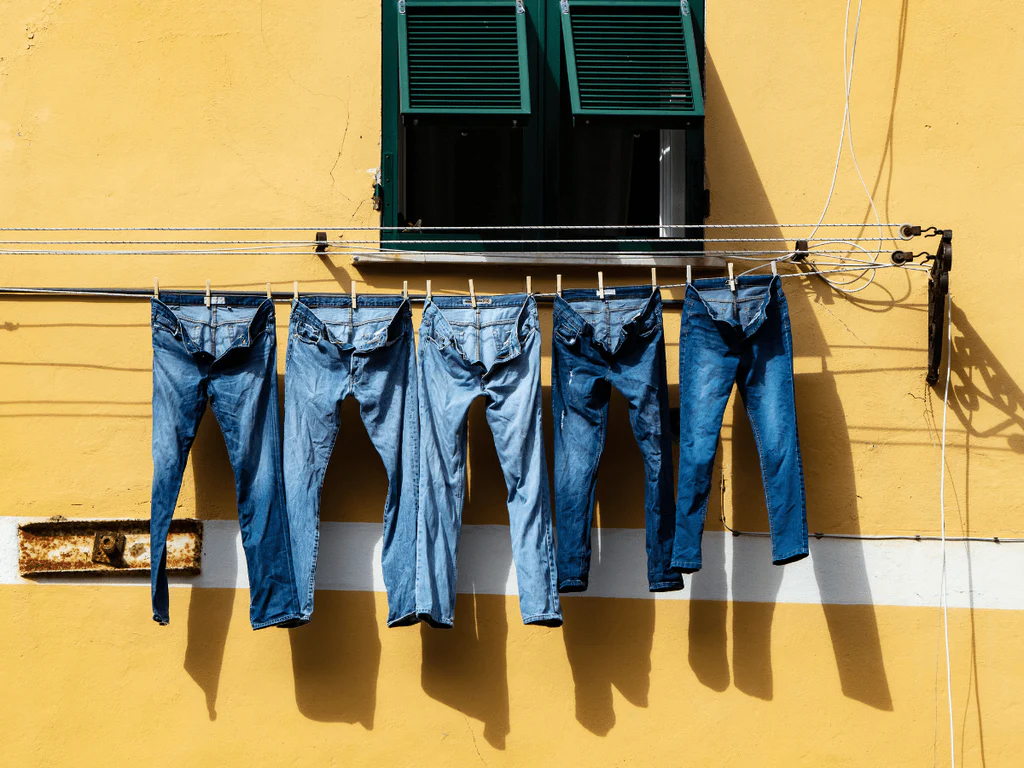
New jeans often bleed dye during the first few washes. It’s best to wash them separately to avoid staining other clothes. If you need to wash your jeans with other items, make sure the load is full of similar colors. Mixing them with light-colored fabrics can result in unwanted dye transfer.
4. Skip the Dryer
Air drying is the best option for jeans. The heat from the dryer can damage the fabric and cause shrinkage. To keep your jeans in the best shape, hang them to dry. If you must use a dryer, use the no-heat setting. Take them out when they’re still slightly damp, then stretch the seams and hang them to finish drying.
5. Soaking for New or Lightly Soiled Jeans
If your jeans are new or only lightly soiled, soaking them is a great alternative to a full wash cycle. Fill a tub or basin with cold water and a small amount of detergent. Turn your jeans inside out and place them gently on the water. Soak for 30-45 minutes, drain the water, and repeat with fresh water until the detergent is completely rinsed out. This method is gentle on the fabric and prevents excess wear.
Special Care for Different Types of Jeans
Not all denim is created equal, and certain types of jeans require special care. Here’s how to care for specific styles:
Black Jeans: Avoid Fading
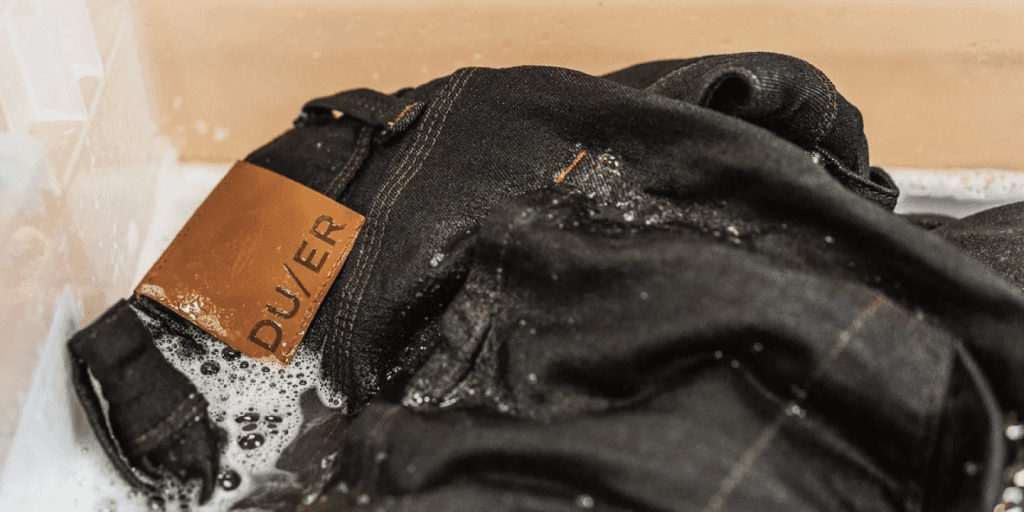
Black jeans are prone to fading, so they require extra attention during washing. Use cold water and wash them with other dark clothing. Make sure they’re inside out to preserve the rich color. Look for a detergent formulated for dark fabrics to prevent dye loss, and always air dry them to avoid heat damage.
Raw Denim: Preserve the Fit and Fading Pattern
Raw denim is unwashed and untreated, giving it a stiff feel when new. These jeans develop unique fading patterns over time based on how you wear them, so frequent washing can ruin the effect. To preserve raw denim, wash as infrequently as possible. When it’s time to clean them, use cold water and avoid machine drying. Instead, gently squeeze out excess water and hang them to dry.
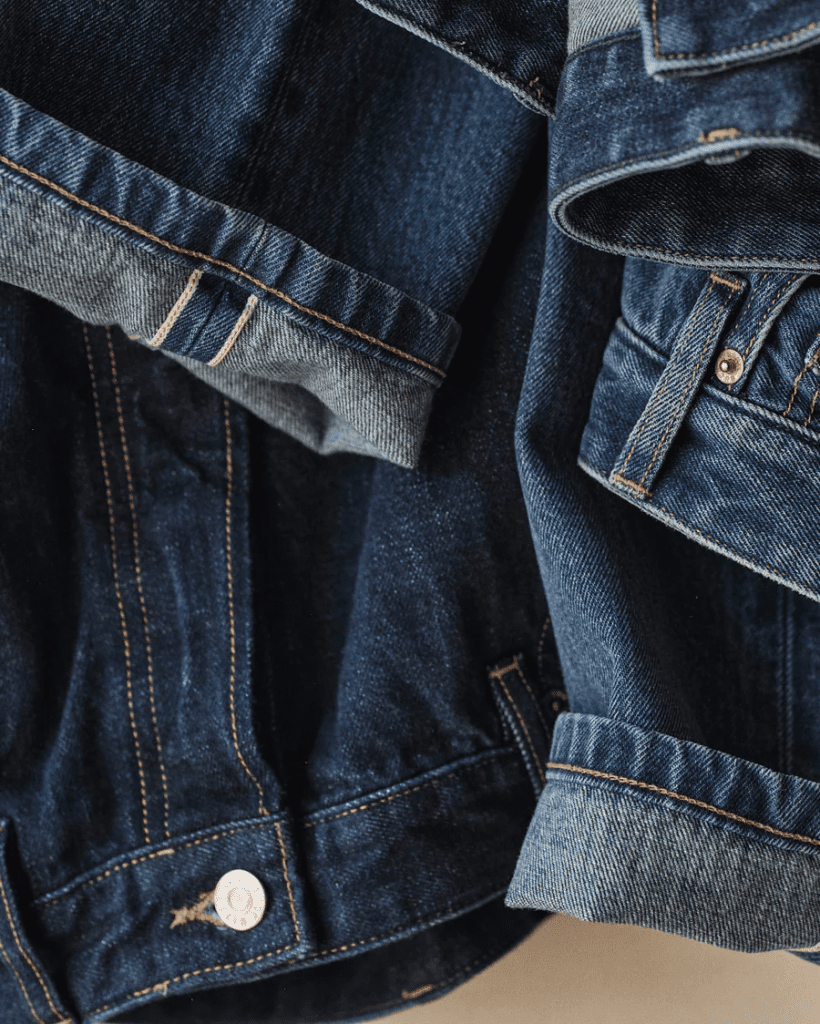
White Jeans: Handling Stains with Care
White jeans are a summer favorite, but they show stains easily. Wash white jeans separately or with other white clothes using cold water, unless they’re heavily soiled—then opt for warm water. Avoid bleach, as it can turn the fabric yellow. Also, skip fabric softeners, which can build up on the fabric. Air drying or using a low-heat cycle will help maintain their crisp look.
Avoid Shrinkage and Fading in All Jeans
No matter the color or type of your jeans, cold water is your best friend for washing. Hot water can cause shrinkage, and aggressive agitation can lead to fading. If you’re dealing with raw denim or jeans that aren’t pre-shrunk, washing them separately and air drying is the safest option to avoid changes in fit.
Conclusion: Wash Less, Preserve More
In the end, how often you wash your jeans comes down to how they’re used. If you’re wearing them casually and they aren’t visibly dirty, it’s fine to go several wears between washes. Following a gentle washing routine, avoiding dryers, and knowing how to care for different types of denim can keep your jeans looking great for years. So next time you reach for your favorite pair, ask yourself—do they really need a wash, or will a simple airing out do the trick?


